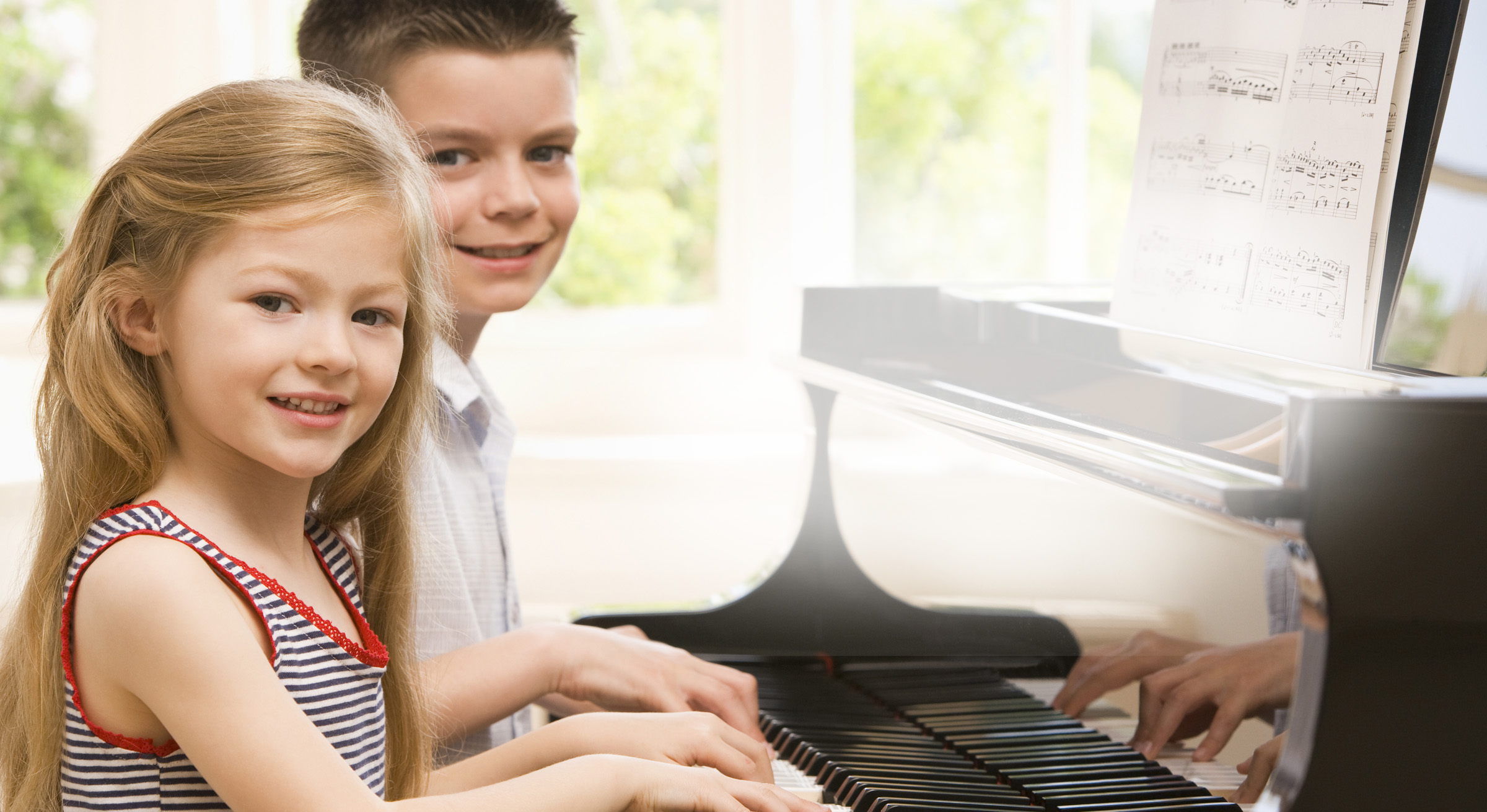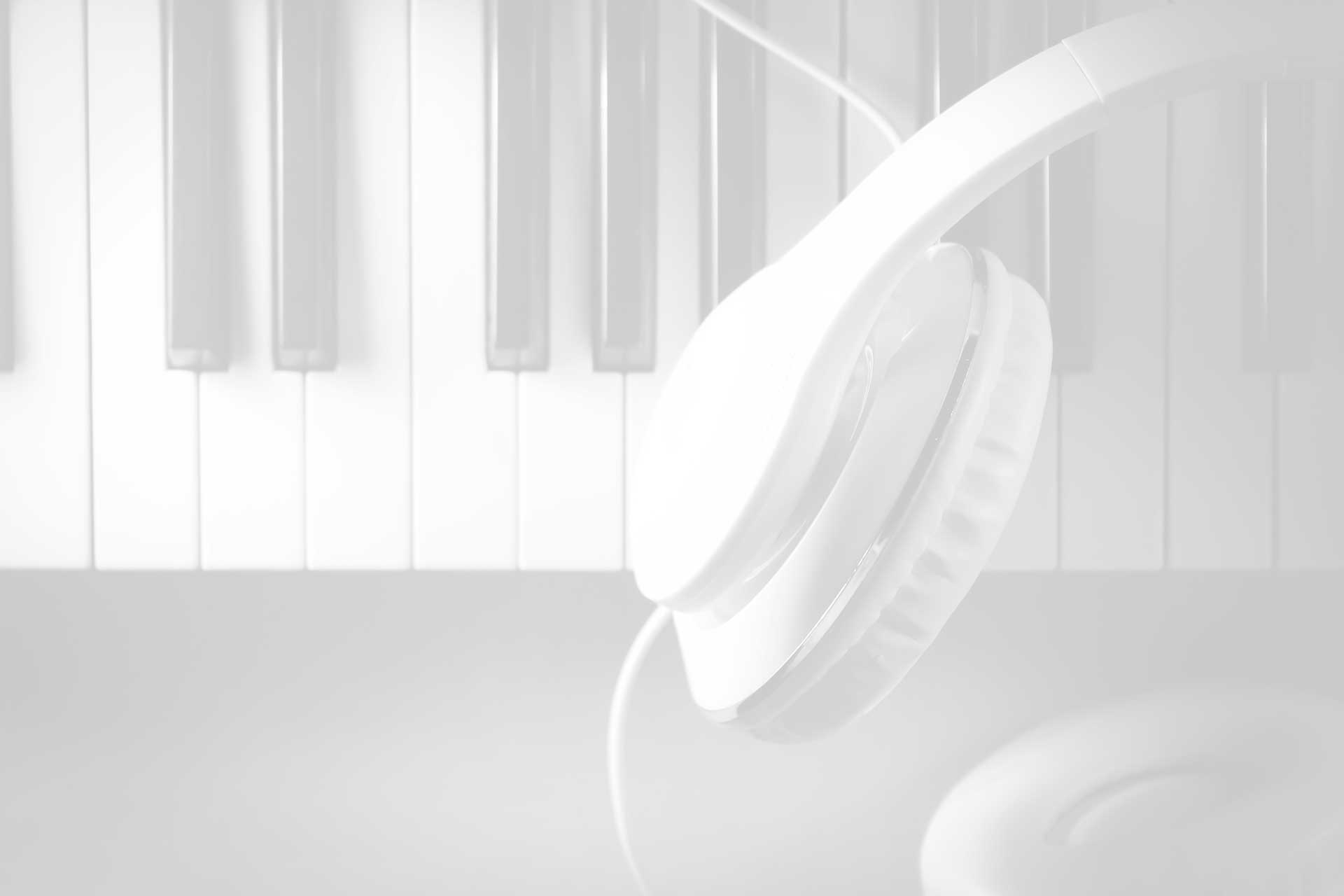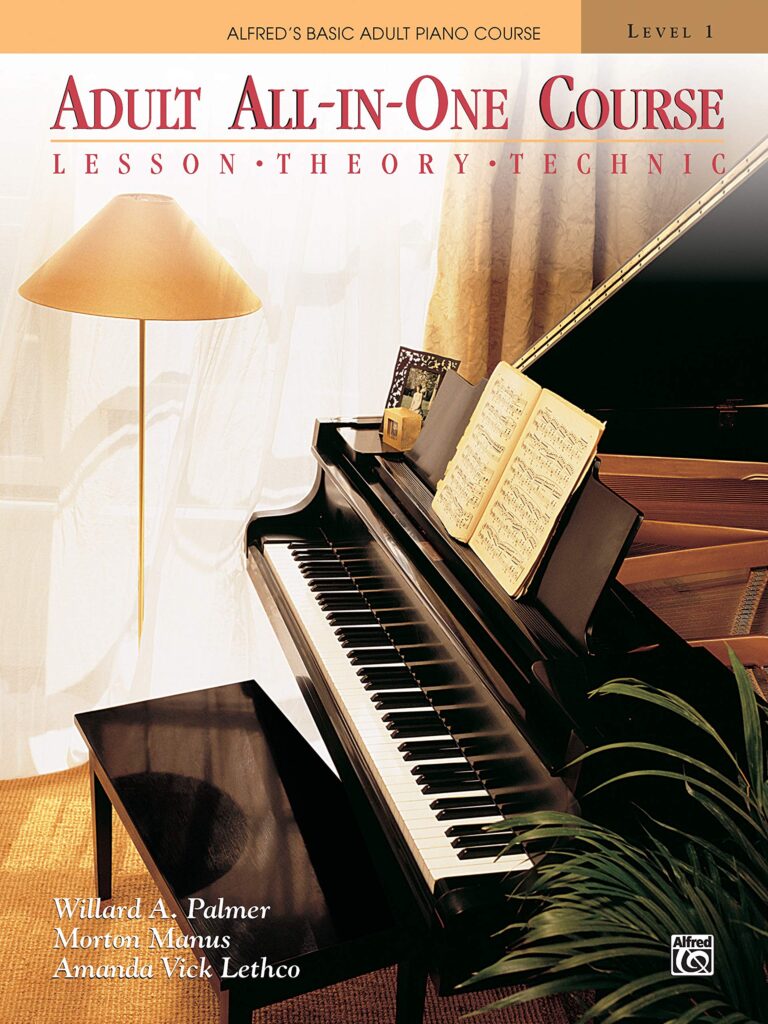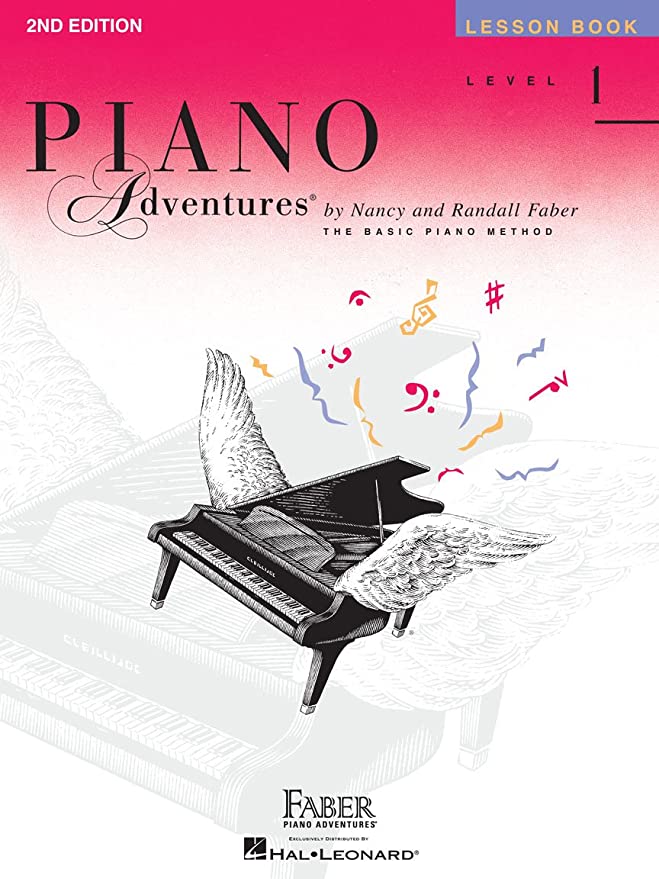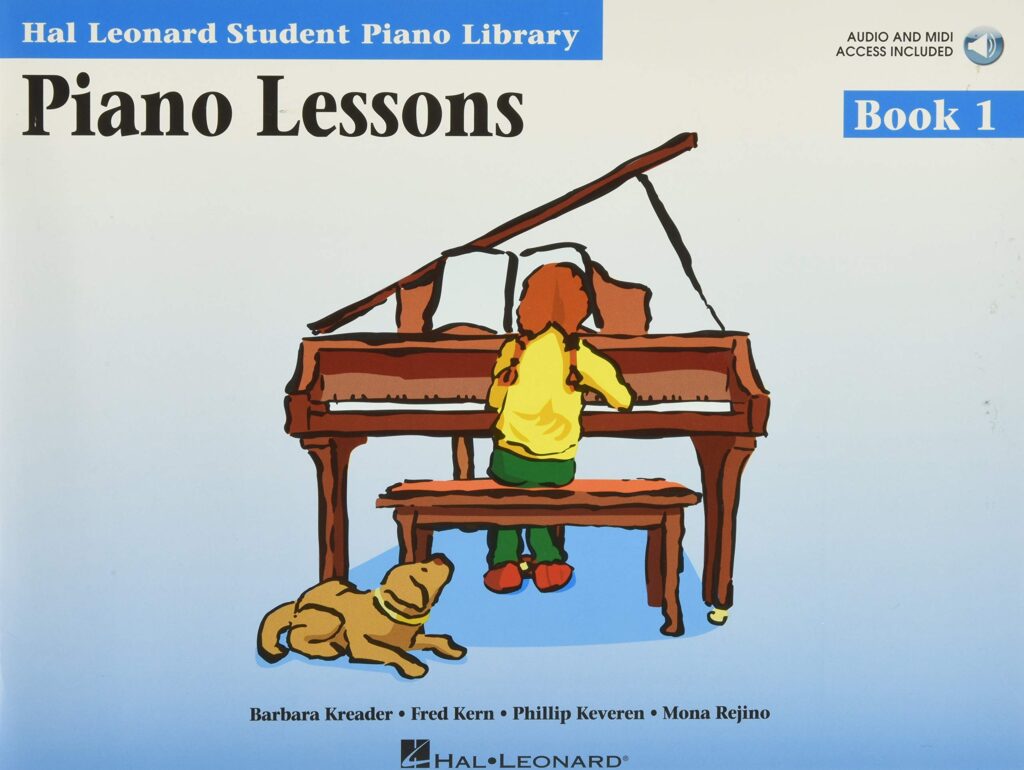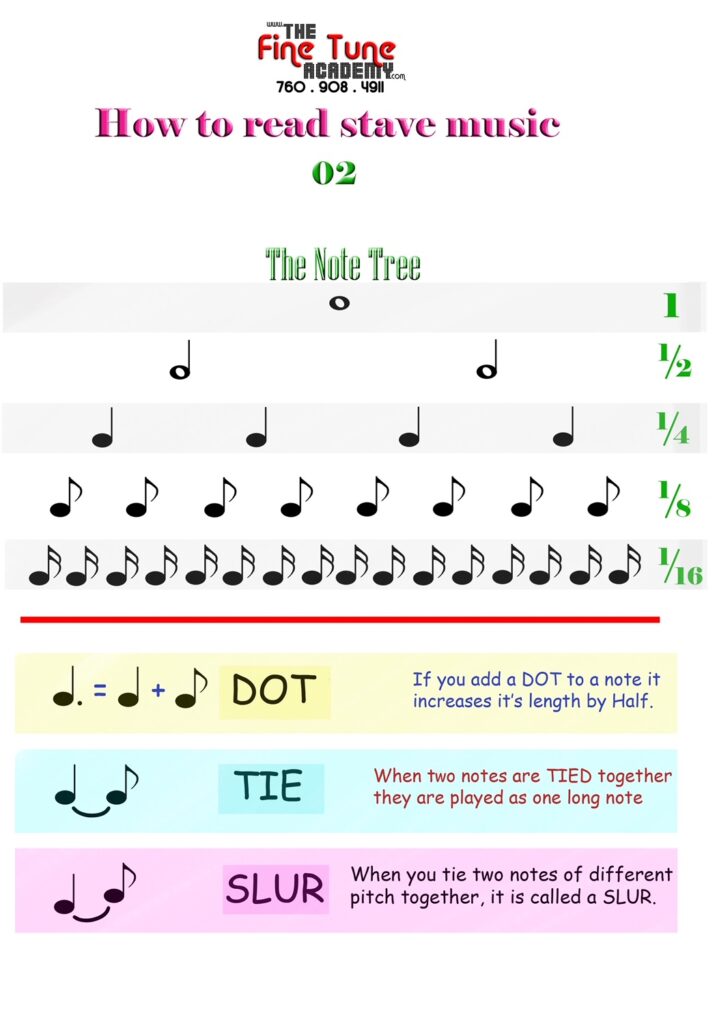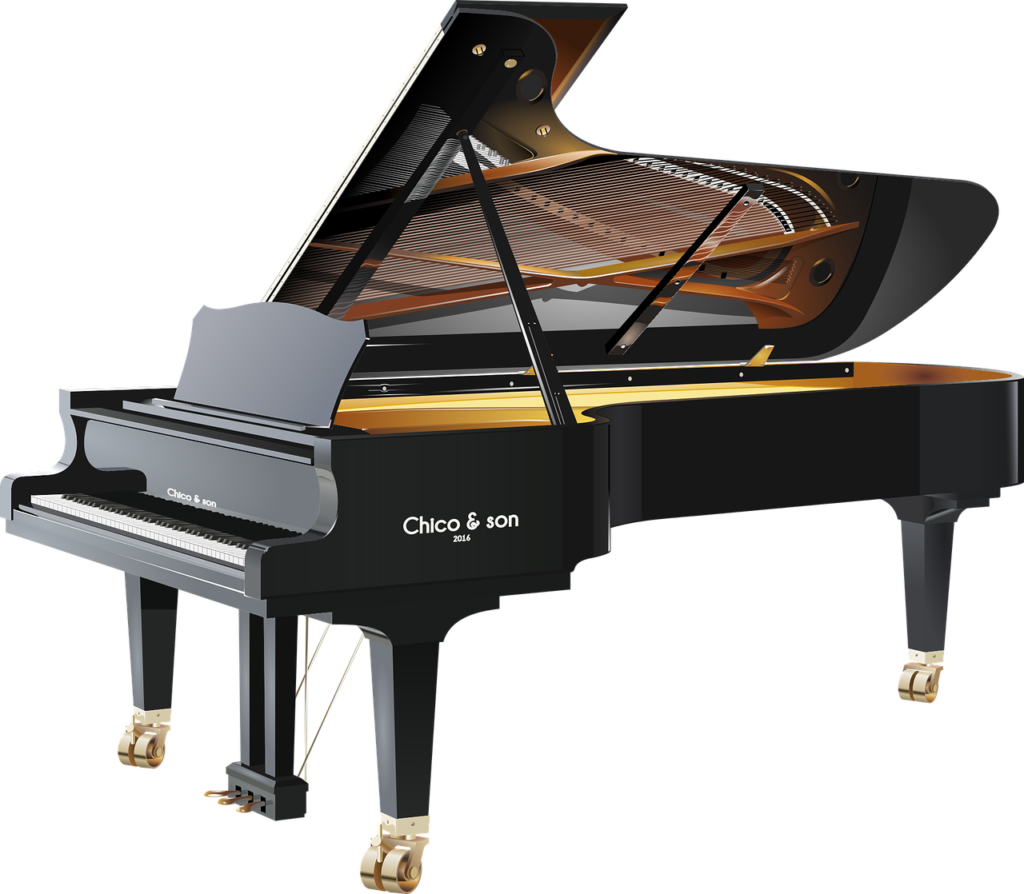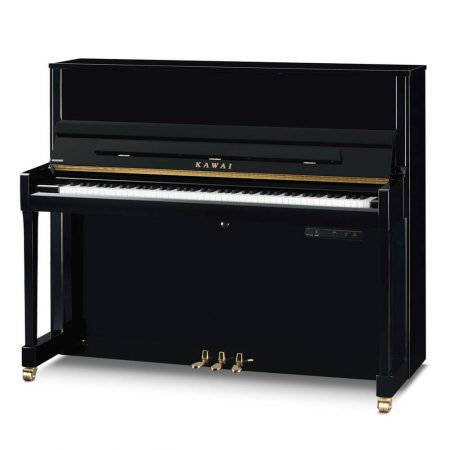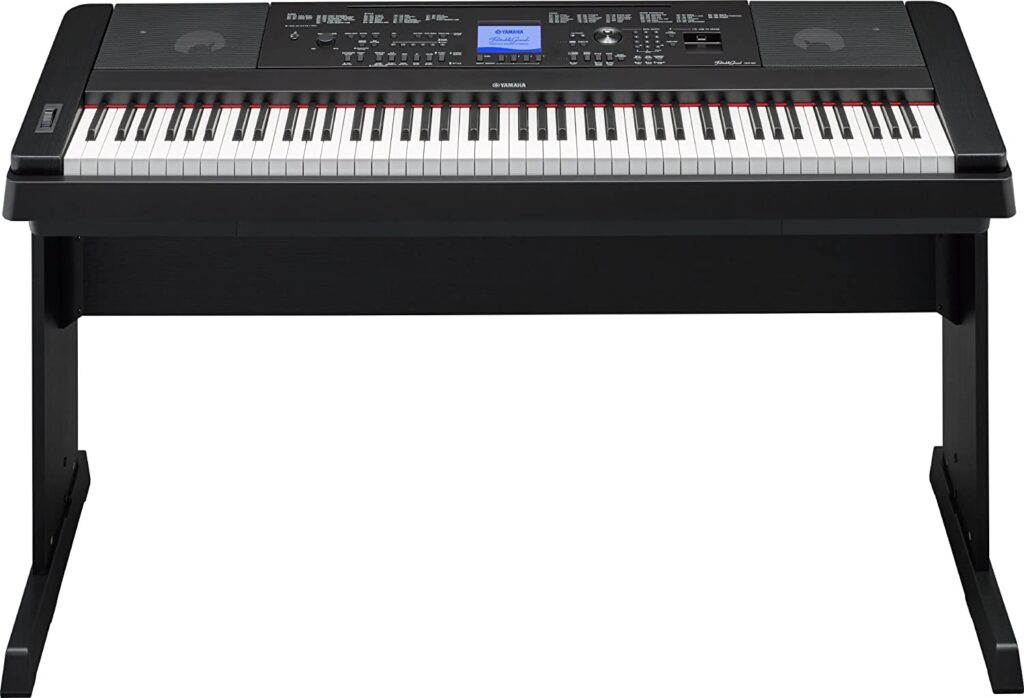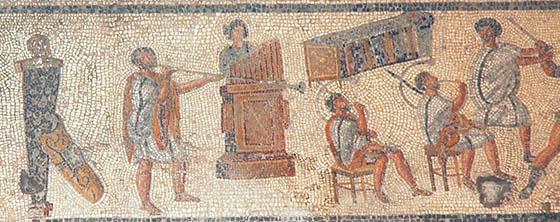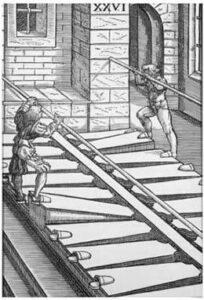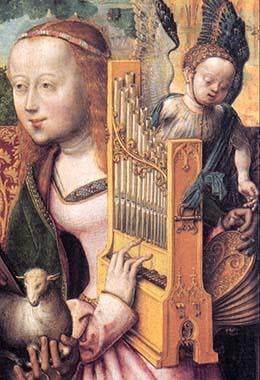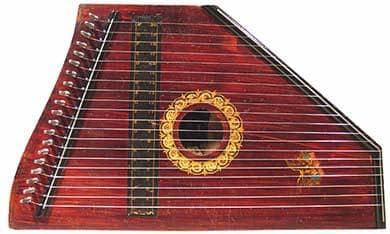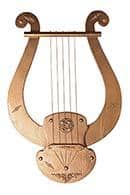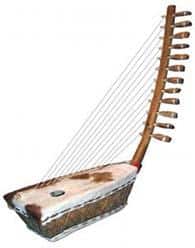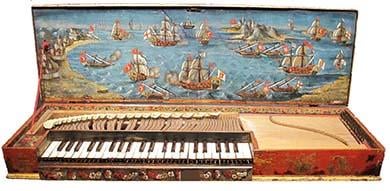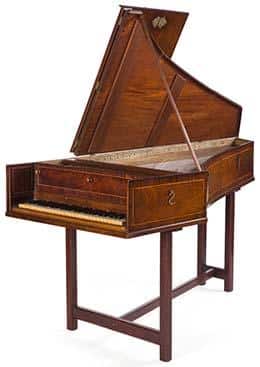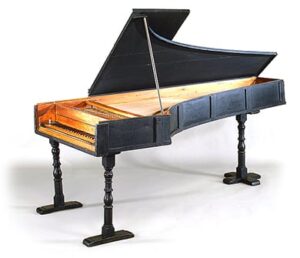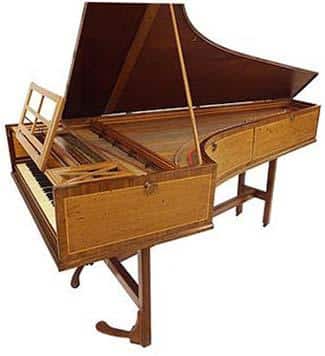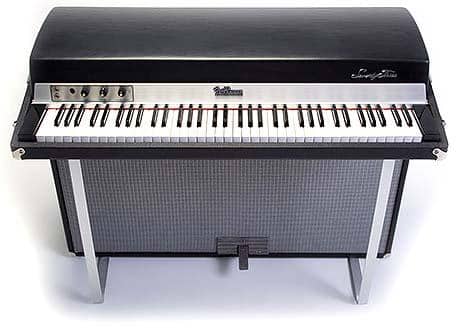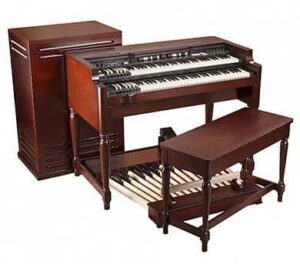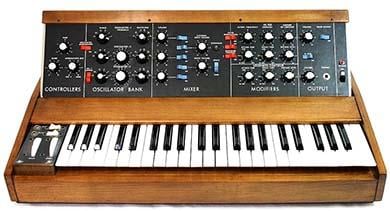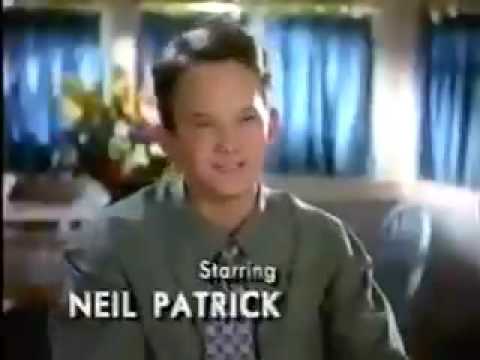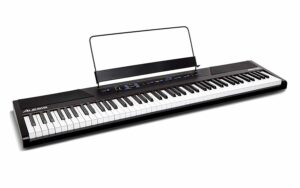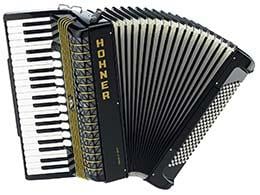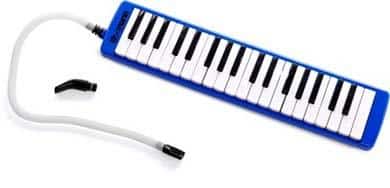In-Home Piano Lessons
Are you ready to ignite your passion for music and unleash your inner musician?
Piano lessons are a great way to develop your musical skills, improve your focus and concentration, boost your self-confidence, and reduce stress. Piano students will achieve a pleasing sound much sooner than Saxophone or Guitar Students, due to the finger-friendly layout of the Piano. Students as young as 3 years old can learn to play the Piano.
In-Home Piano lessons allow students to learn in a comfortable low-stress environment on the Piano they use every day. Parents love In-Home Piano lessons also! Say goodbye to traffic, gas prices, and waiting rooms with the convenience of Piano Lessons in your home. Numerous studies available show children who play an instrument, score higher on both standard and spatial cognitive development tests alike. There are also findings that show that students who play Piano, in particular, scored higher in math, especially on problems dealing with ratios and fractions.
Don’t wait any longer, invest in yourself and sign up now to start your musical journey!
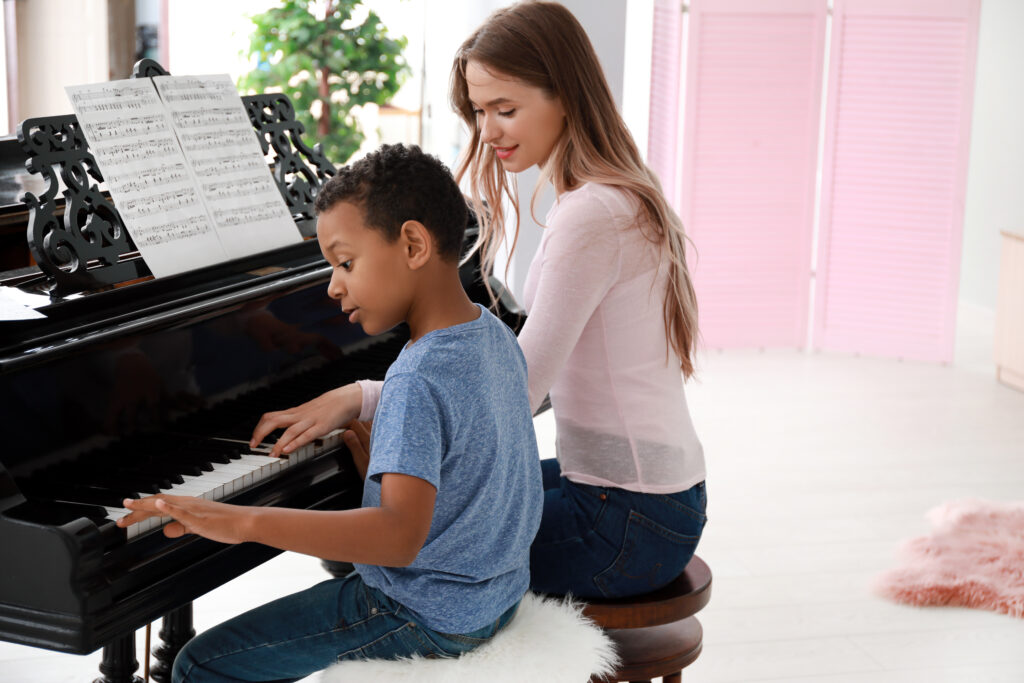
Piano Accessories
Most of these items are in the $10-$60 range. Stool, Stand, Sheet Music, Music Stand, Metronome, Batteries, Sustain Pedal, Case/Cover, Concert Tickets.
Many people choose from either the Faber “Piano Adventures” Series or an Alfred’s “All in one Course”. There are many choices, your Fine Tune Instructor can guide you based on your musical taste. The Fine Tune Academy “Worksheets” use a combination of pictures & color coding to help students understand the material easily.
Piano – The King Of Instruments
No other instrument has spanned so many decades or so many genres. As respected in the Concert Hall as it is at a Rock Concert, Piano has a wealth of history and music. Its broad range and flexibility make the Piano especially popular with Composers and Singers. Sheet music for Piano is easily available in every genre. Almost every song written has a version available for Piano.
Piano requires physical and mental dexterity, great for growing minds and keeping mature minds sharp. Sitting down to play the piano for even a few moments on a busy day can help the mind refocus. Music itself can reduce anxiety and stress.
Piano Students learn to read music early on. Because of the Pianos range, Pianist’s learn to read both Bass and Treble Clef. Piano allows you to “See” music theory in the way the Piano Keys are arranged. This makes Piano Lessons a great start for any musician.
For Younger Students
The smaller, lighter keys on some Electronic Keyboards can be a help to smaller hands. Some models have keys that light up to accelerate the learning process.

Benefits of Learning Piano
RANGE
- A single piano has the ability to play 88 different pitches. Thats 7 and 1/4 Octaves!
- Other popular instruments have a much smaller range of notes available.
- Guitar 4 Octaves
- Violin almost 4 Octaves
- Saxophone 21/2 Octaves
- Compare that to the human voice…
- Maria Carey 5 Octaves
- Paul McCartney 4 1/2 Octaves
- Justin Beiber 3 Octaves
FLEXIBILITY
- A Pianist can also play up to 10 notes at a time.
- Having so many notes available to both hands allows Piano to play both Melody and Harmony at the same time.
- Pianos are able to play their own accompaniment. Perfect for Solo Performance and Composition.
- No other instrument comes close to this kind of flexibility.
- Human Voice 1 Note at a time
- Guitar 6 Notes at a time
- Saxophone 1 Note at a time.
Electric Piano’s, Keyboards, Digital Piano’s, Synth’s, Midi Controllers
- Electric Piano’s and Synthesizer’s open the door to many creative possibilities including sounding like other instruments, note bending, sequencing, and recording.
- Piano keyboards are the perfect interface for entering real-time notes or midi information into a Computer/DAW.

Piano Buyers Guide
The piano is such a popular instrument that there are many choices for every budget. As you pay more money you get higher build quality and more features.
Most people start with a Digital Keyboard of some sort. Either a Digital Piano or a Synthesizer.
THE KEYS
If you intend on learning traditional Piano, it recommended that you get something with 88 Keys that has a “Weighted Action”
The Weighted-Action makes the keys feel heavy, more like a real Piano.
Many Keyboards offer “Hammer Action” or “Semi Weighted Action”. If you rarely plan on playing a real Piano and you like the feel of a particular keyboard you should go with what feels comfortable. Different brands have a different feel in the Keys.
THE SOUNDS
Digital Pianos all use microchips to produce their sound. Manufacturers put their newest and best technology’s in their flagship models.
A $200 Yamaha Digital Piano set on “GRAND PIANO” will sound less good than a $2000 Yamaha Digital Piano set on “GRAND PIANO”. The more expensive model has a better processor allowing more depth and character in the sound.
USB keyboards do not have any sounds built in. USB Keyboards are used to control software on a computer. Garageband is a common home recording software, you can access thousands of sounds to play and record with your USB Keyboard.
NEW
- Melodica $40
- USB Keyboards start at $50
- Beginners Digital Pianos Start at $150
- New Upright Pianos start at approximately $5000.
- New Baby Grand Piano’s start at approximately $10,000
- A beautiful Concert Grand Piano can easily cost $50,000+.
The longer body of “Grand” Pianos allows for longer strings and a larger soundboard. Due to the laws of physics, longer strings sound richer and less harsh than shorter strings. Even relatively new students can feel and hear the silky awesomeness of a Grand Piano. Unfortunately, the size and complexity of Grand Pianos make them cost as much as a car.
USED
- Used upright pianos in playable condition start at approximately $700.
- There are many used Digital Pianos available for $50+
Pianos can be very expensive to fix. If you are buying used from a private seller we recommend having a Piano expert take a look at the Piano before you buy it. Your Local Piano Tuner it a good choice, they normally conduct a pre-purchase inspection for less than $100. We can recommend a couple of great local Piano Tuners, drop us a line at the contact page. Check for loose or non-functional keys, scratchy volume knobs, electrical gremlins, and water/fall damage. Make sure it comes with a power supply and check that the battery compartment is not corroded.
RENT
- Digital Pianos Rent for $35+/month.
- A Baby Grand Piano rents for $150+/month.
- Renting allows you to learn on a quality instrument without a large upfront expense.
- Rental companies will also upgrade your Piano or let you try a different one as your playing progresses.
- You do not have to pay for a rental Piano to be tuned, fixed or moved.
Other Expenses:
- Piano movers
- Pianos are really terrible to move. You should expect to hire a professional company to move a Piano from one address to another or even one floor to another. A standard across town move of a Baby Grand Piano will cost $300. It’s money well spent.
- Piano Tuners
- Pianos will stay in tune pretty well for months or even years. It’s recommended that you have them tuned at least twice per year as the season’s change. The change in temperature and humidity affects the shape and size of the Strings and the Piano, resulting in tuning issues. To have a professional Piano tuner come to your house and do a general inspection and tuning costs about $130.
- The famous Honky Tonk Piano sound comes from slightly neglected out of tune Pianos in the old American Wild West.
- Buyers insurance
- For both Real Pianos and Digital Pianos, some kind of insurance is recommended. Your homeowner’s insurance may cover some things. A $20,000 Grand Piano may need an additional premium.
- While real Pianos are often fixable, Digital Pianos/Synths’s/Workstations and USB keyboards are famous for becoming paperweights if they break after their 1-year manufacturer’s warranty. Check what warranty comes with the item, consider buying an extended warranty from the retailer.
Piano History
- The word “Piano” means “Soft” in Italian. The original name for the instrument was ‘Piano et Forte” translation “Soft and Loud”. The name was a reference to the Pianos touch sensitive keys.
- The Piano is often referred to as a Percussion instrument because the strings are struck with hammers. It is really a hybrid Stringed/Percussion instrument. Musicologists refer to Piano as a “Keyed Zither.”
- A standard Piano has 88 keys.
- Piano Keys were made from Elephant Tusks up until the 1950’s. Today, instead of “Tickling the Ivory’s” we mostly tickle plastic.
- The Average Piano has 230 strings.
- The Average Piano has over 7500 parts.
- The Worlds largest Piano was build by a team working for Polish businessman Daniel Czapiewski.
The giant Piano called “Stolëmowi Klawér”, weighs nearly 2 tons. It is 8 feet wide, 20 feet long and 6 feet tall! - Most Pianos have 88 keys, Stolëmowi Klawér has 156 keys.
Popular Piano/Keyboard Players
- Chris Martin
- Billy Joel
- Sergei Rachmaninov
- Sarah Bareilles
- Lady Gaga
- John Paul Jones
- Ray Charles
- Ben Folds
- Ludwig Van Beethoven
- Bruce Hornsby
- Ray Manzarek
- Daniil Trifonov
- Frédéric Chopin
- Stevie Wonder
- Elton John
- Franz Liszt
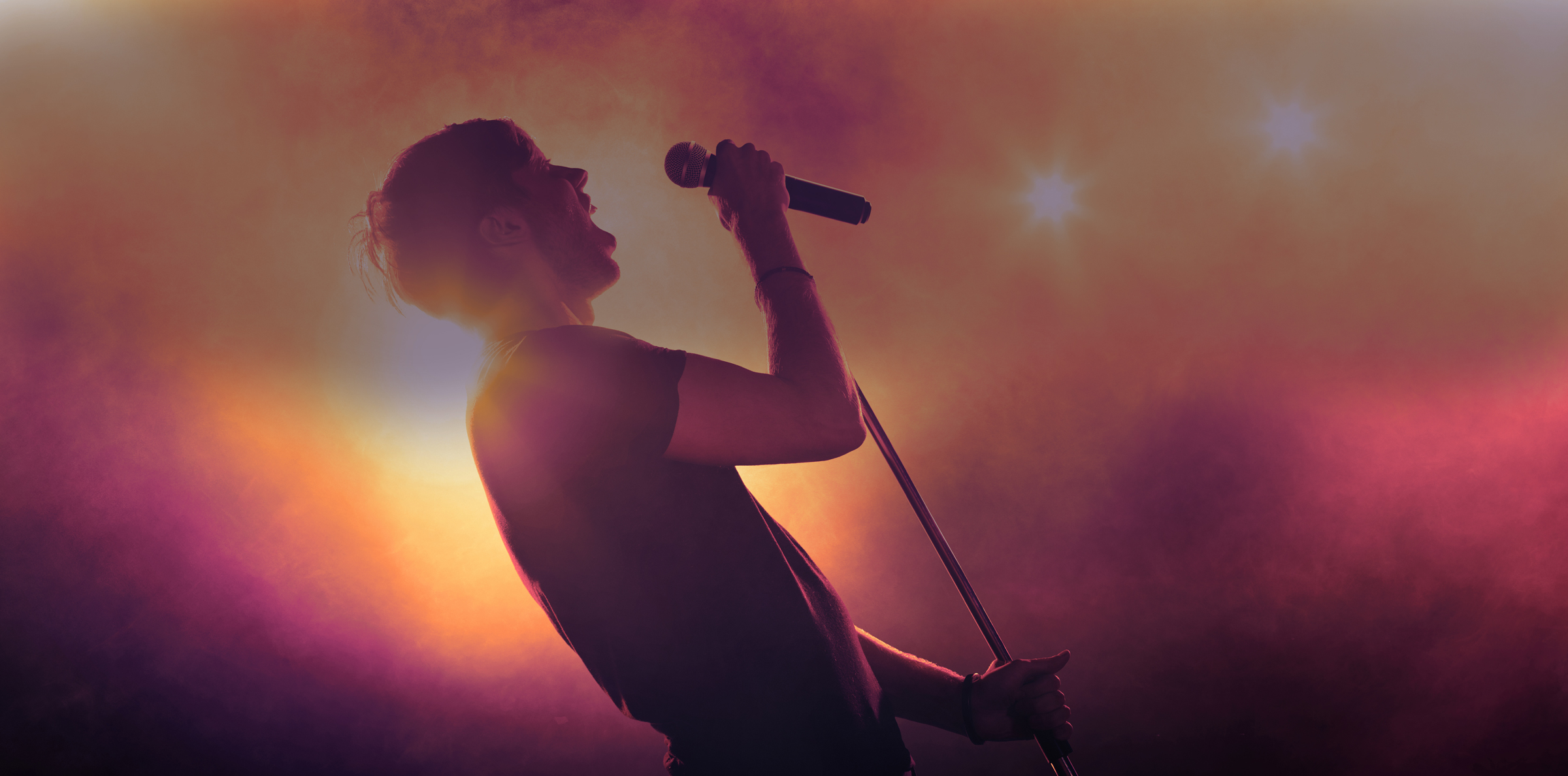
Are you ready to get started?
"*" indicates required fields

